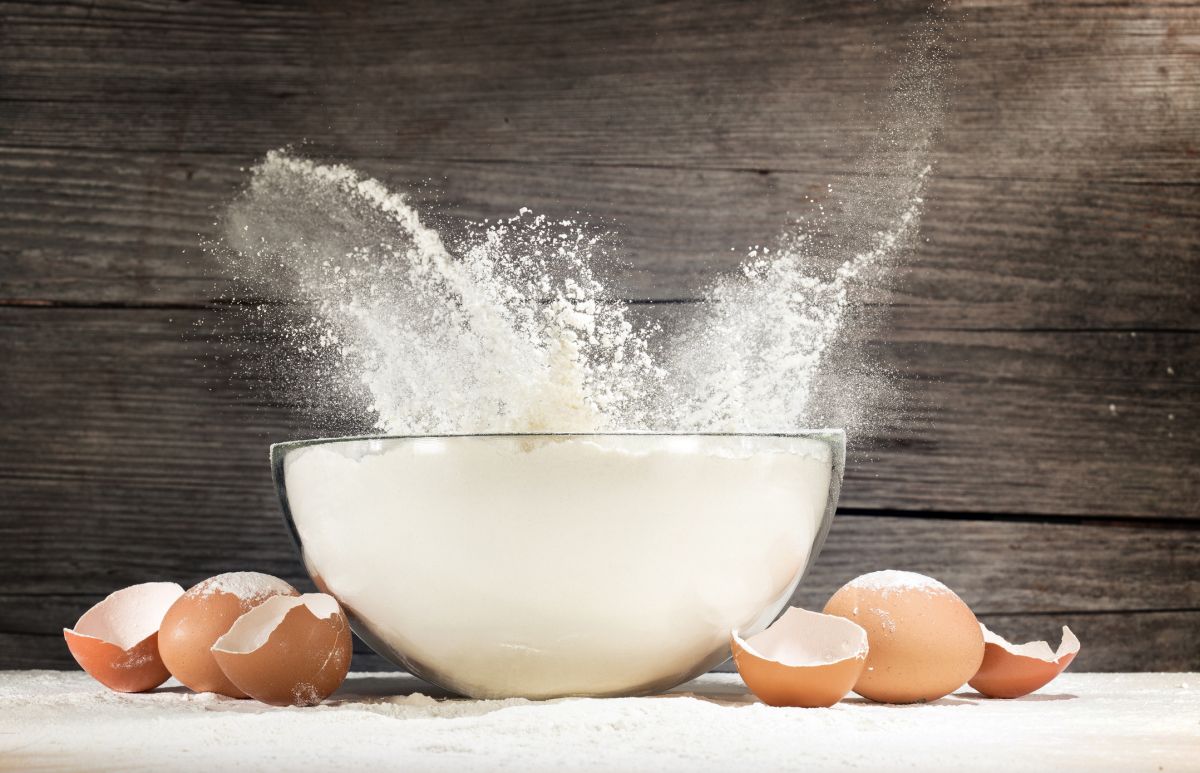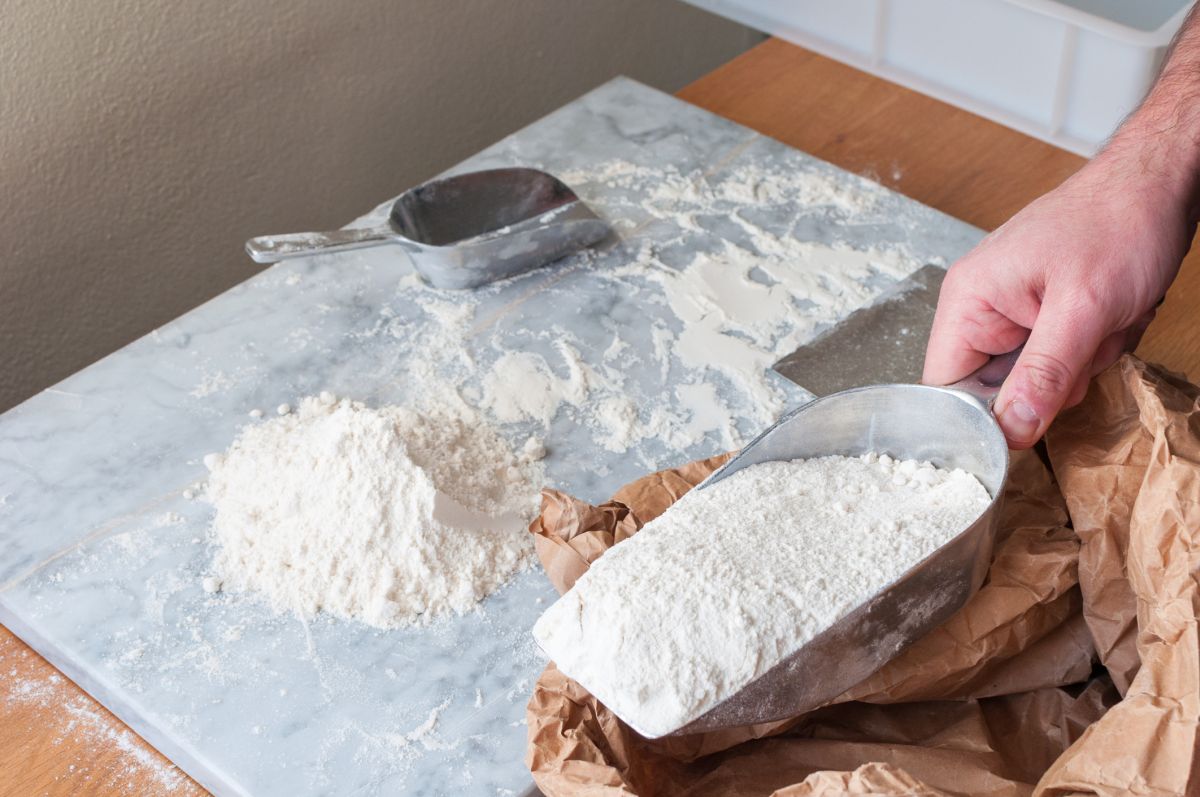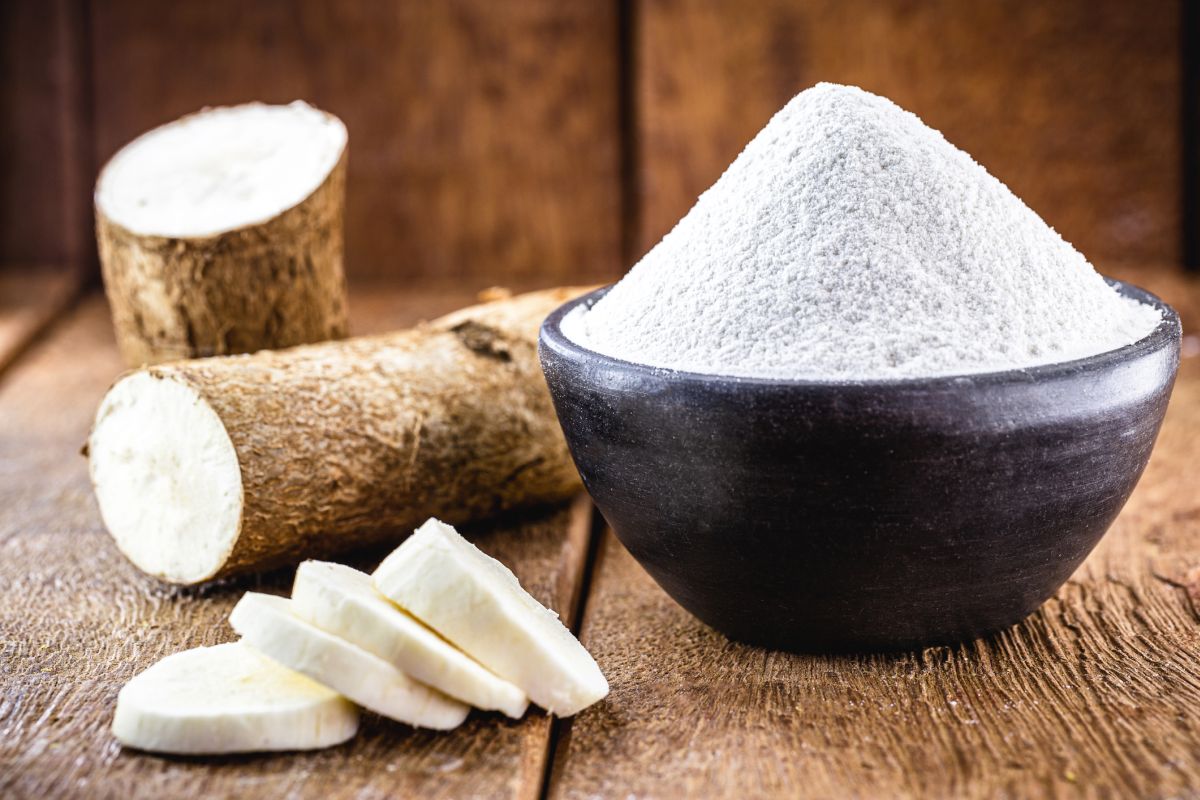If you need a cake flour substitute because you did not realize there is a difference between cake flour and all-purpose flour, there are some options and tricks you can use to achieve good end results.
What is Cake Flour?
Cake flour is a type of flour that is finely milled from soft wheat, similar to all-purpose flour. It has a low protein content, which makes it ideal for when making delicate baked goods.
Common Uses for Cake Flour
- Delicate baked goods – such as cupcakes, cakes, and pastries
- To thicken dishes – if you need to thicken a dish, you can use cake flour too
- General baking – including bread, muffins, and pancakes.
Difference between Cake Flour and All-Purpose Flour
The difference between cake flour and all-purpose flour is in the protein content. Cake flour typically has a protein content of 6%. Whereas all-purpose flour has about 10-13% protein, which directly impacts the amount of gluten formed in your recipe.
Cake flour results in a lighter, tender crumb. On the other hand, all-purpose flour results in a chewier, denser crumb.
9 Best Cake Flour Substitute Options
1. DIY Cake Flour
You can easily make your all-purpose flour perform even better in recipes by adding some cornstarch. Masterclass mixes about 2 tablespoons to one cup of all-purpose flour for an ideal cake flour alternative.
2. All-Purpose Flour
All-purpose has more protein than cake flour, so whilst the flavor of your baked goods or dish will not be different, the texture will be slightly different. If you aren’t making delicate baked goods, this should not make a big difference. Cooking Light explains the differences.
3. Pastry Flour
Pastry flour is similar to cake flour but with a slightly higher protein content at around 7-9% protein. Replace 1 cup of cake flour with 1 cup of pastry flour. Masterclass discusses the three main differences between the two flours.
4. Gluten-Free Flour Mix
If you need a gluten-free alternative to cake flour, using a gluten-free flour mix is better than a single-ingredient flour that is gluten-free. Due to the lack of gluten, your baked goods might be a bit denser than usual. Gluten-Free Palate has three recipes to make your own gluten-free flour at home.
5. Oat Flour
Oat flour is an easy flour to make at home if you have a blender, although it is recommended to mix it with arrowroot powder or cornstarch to help the flour’s binding abilities. Add about 1 tablespoon of starch to every cup of oat flour. Cookie and Kate has a recipe to make your own and recommends you substitute flour by weight and not volume.
6. Bread Flour
Bread flour has a higher protein content than all-purpose flour and cake flour, meaning it will have a denser texture and result in a chewier baked good. This is a good flour to use if you are making something like scones or muffins. Masterclass compares both flours.
7. Cassava Flour
Cassava flour is another gluten-free alternative and works well in baking recipes. It does absorb more moisture than cake flour, and according to Organically Addison, you should start off with ¾ cup of cassava flour to replace 1 cup of cake flour.
8. Self-Rising Flour
Self-rising flour is a type of flour that contains baking powder and salt. Replace 1 cup of cake flour with 1 cup of self-rising flour, but reduce the amount of baking powder and salt called for in the recipe. Difference Between explains the difference between these two flours.
9. Almond Flour
Replace 1 cup of cake flour with 1 cup of almond flour. Almond flour adds a nutty flavor and a denser texture to baked goods. It is gluten-free but might be a problem for those with nut allergies. Blue Diamond has a few tips for working with almond flour.
Tips for Cake Flour Substitution
- Sift your cake flour substitute thoroughly to ensure that it is well-combined with any added cornstarch or other ingredients.
- Be aware that your baked goods may have a different texture and chewiness. It is best to use pastry flour if you are using delicate recipes for baked goods.
- Different flours absorb different amounts of moisture, so make sure you know how to adjust the moisture in your recipe if you are using an alternative.



Leave a Reply